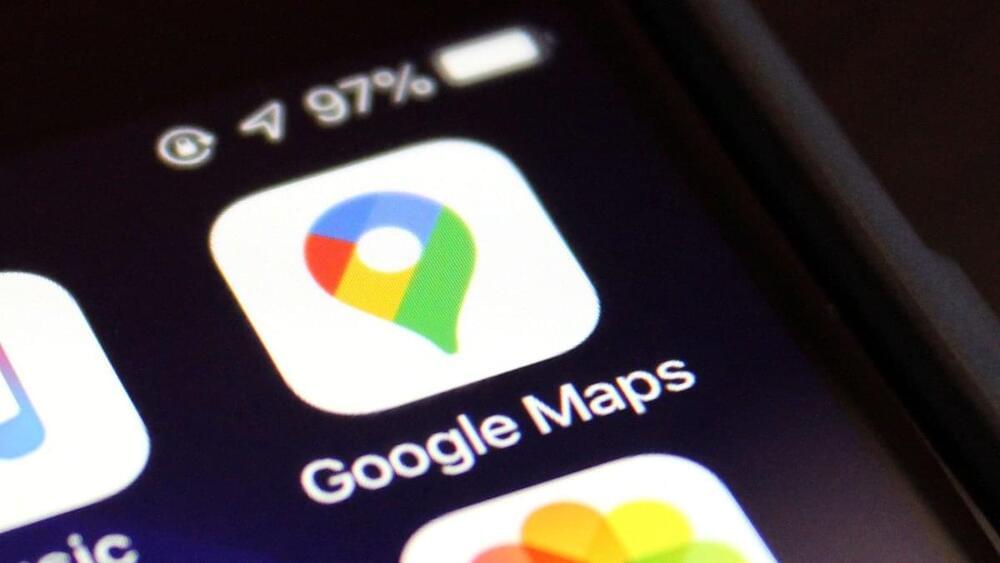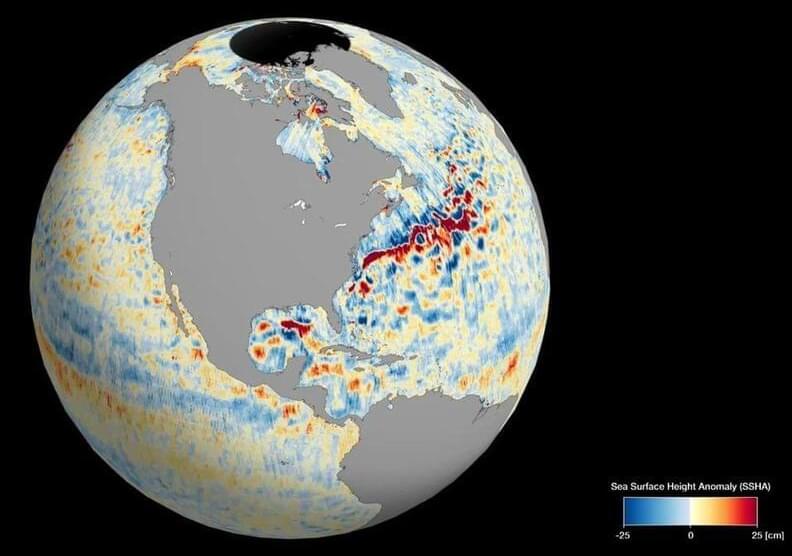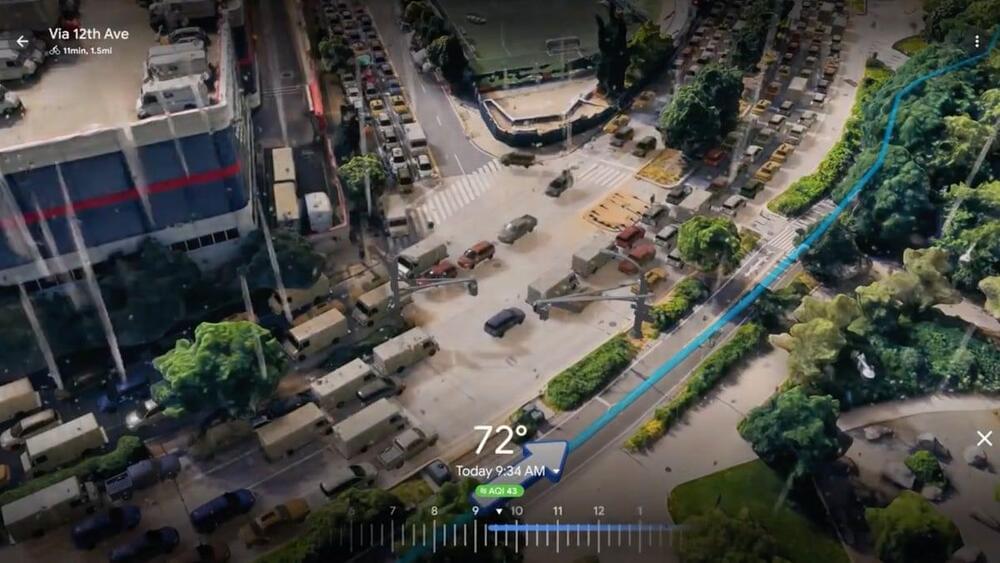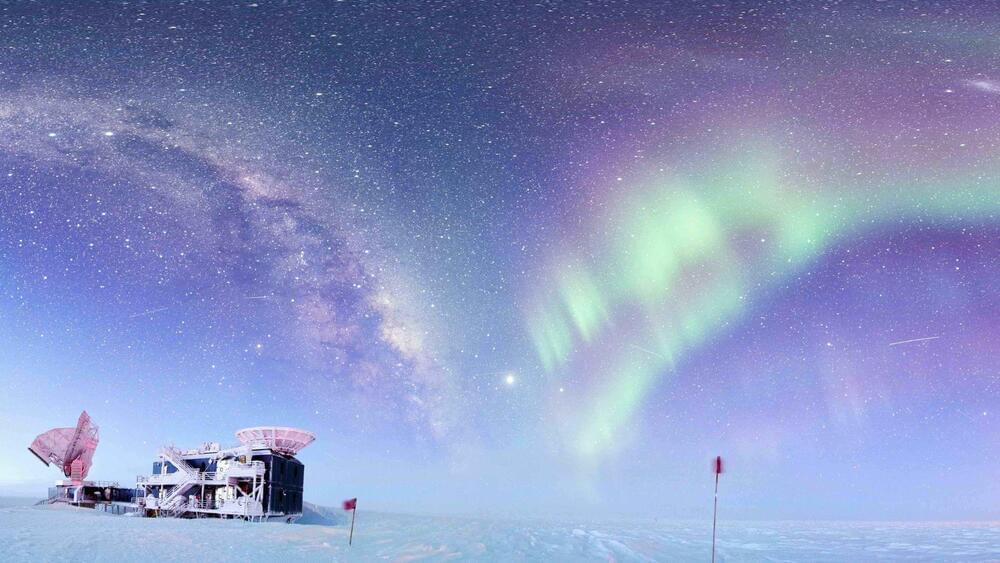Google Maps is getting a few new updates, including a social feature that is designed to help people plan and collaborate with their friends. The navigation platform is also adding improved transit directions and emoji reactions.
The new social feature is designed to take planning out of your group chat and into Google Maps. The platform is updating its list feature to make it easier for people to share places, plan with friends and vote on group activities. With this new feature, you’ll be able to create a collaborative list to to start planning a hangout after you share a place in Maps with friends. Everyone in the group can add places they’re interested in visiting, and vote with an emoji, like a heart or a thumbs down.









